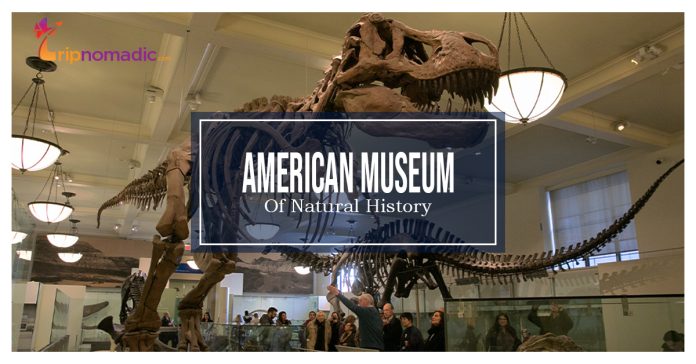The American Museum of Natural History is the perfect place to explore the history of the natural world.
From ancient fossils to jaws from the deep, this museum has everything you need to learn about the world around us.
Whether you’re a history buff or just want to see some amazing displays, the American Museum of Natural History is the perfect place for you!
This famous museum sits at the heart of Manhattan, which is wildly famous and iconic.
To know the interesting and unknown facts about the American Museum of Natural History, continue your reading.
Top Interesting Things To Do At The American Museum Of Natural History
1. Aztec Stone Of The Sun
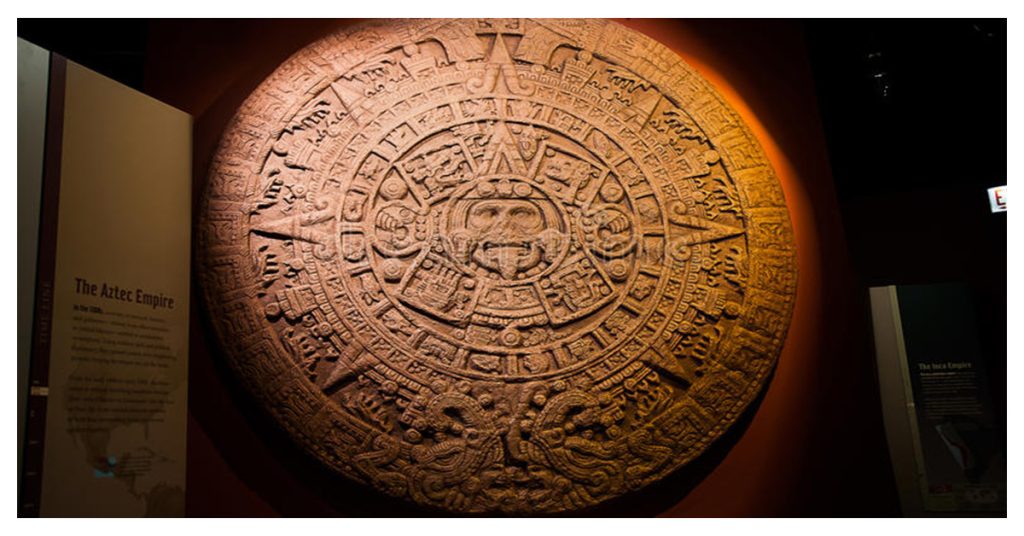
The American Museum of Natural History’s copy of the Aztec Stone of the Sun is one of the most famous pieces of Mexican art in the world.
The stone is inscribed with symbols related to sun worship and faith in the Aztecs.
Although it isn’t actually made from an Aztec stone, this replica is still one of the best things you can see at this museum.
Moreover, this museum allows visitors to experience some key elements related to Mexican culture and religion up close and personal.
2. Easter Island Head
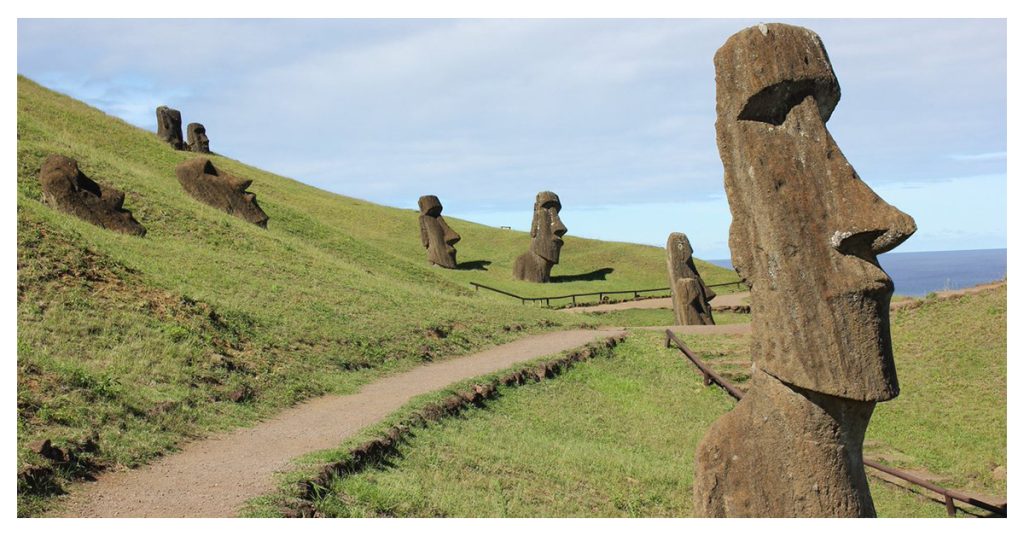
If you visit the Museum of Rapa Nui (Easter Island), you will be able to see a replica of one of the Moai heads carved from volcanic tuff rock.
This replica head is featured on the third floor of the Margaret Mead Hall of Pacific Peoples, and it’s been a big hit with visitors both young and old.
The original Moai head cast was taken by members of the 1935 museum expedition to Rapa Nui.
You can easily find this plaster cast on display at the museum.
With Ben Stiller’s “Movie Night at The Museum” featuring a scene in which an Easter Island head is displayed, this replica has become even more popular among children and adults alike.
Read More – Facts About Cuyahoga Valley National Park- Ultimate Travel Guide For Visitors
3. The Glen Rose Trackway
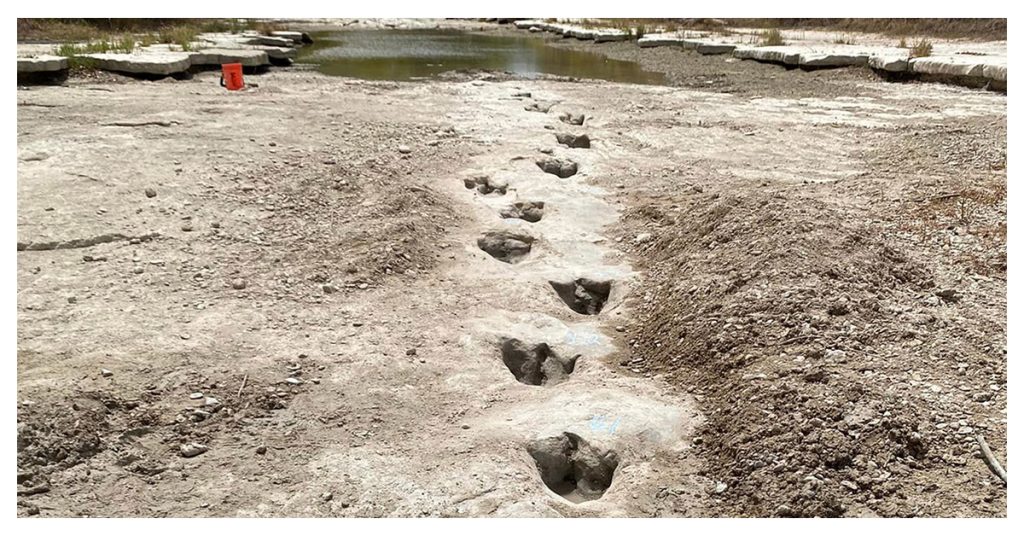
The Glen Rose Trackway is also a must-see attraction in the American Museum of Natural History. It consists of a 107-million-year-old series of fossilized dinosaur footprints.
From the bed of the Paluxy River in Texas in 1938, these footprints were exhumed.
And, on the fourth floor, you can find the Glen Rose Trackway in the Hall of Saurischian Dinosaurs.
It consists of two types of prints: smaller and larger. The smaller prints were made by a theropod, which walked on two hind feet. Besides, a vegetarian sauropod with hind feet measuring one meter (3 feet) in length is believed to have made the larger prints.
4. Mammoth
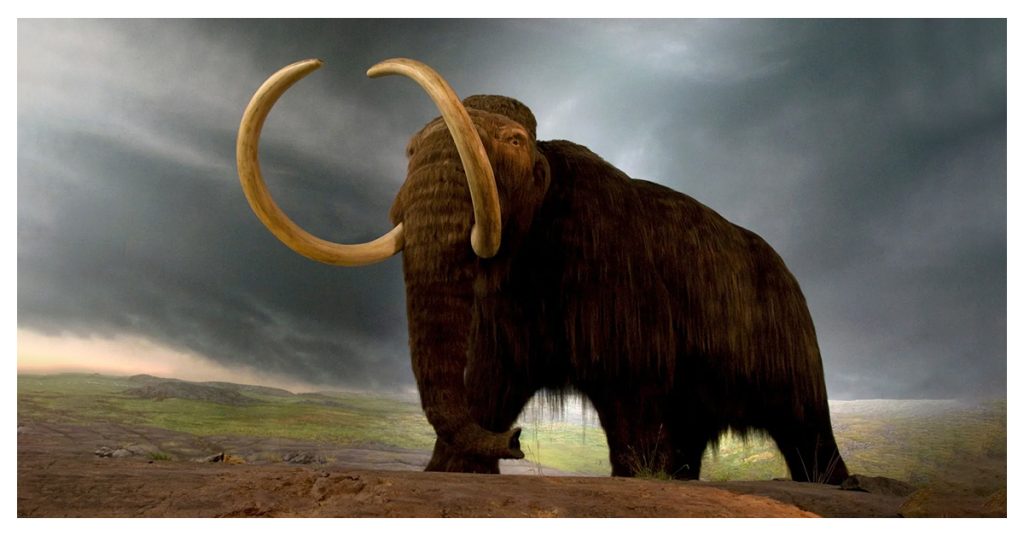
The mammoth is one of the most famous prehistoric creatures of all periods.
Even though you may have learned about it in school or seen it “Ice Age” movie, the mammoth still remains one of the most fascinating and mysterious creatures on Earth.
This is why it is one of the best things you can see at the American Museum of Natural History.
Once you’ve arrived at the entire collection of advanced mammals, the museum members can take you to the heroic majesty of a complete skeleton found in Indiana.
Note – The structure of Mammuthus should not be mistaken for its smaller cousin, Mammuthus primigenius.
The famous baby mammoth named Effie is located at the bottom of the skeleton. This baby skeleton Effie is a mummified hairy mammoth that was frozen about 21,000 years ago.
5. Harriet And Robert Heilbrunn’s Cosmic Pathway
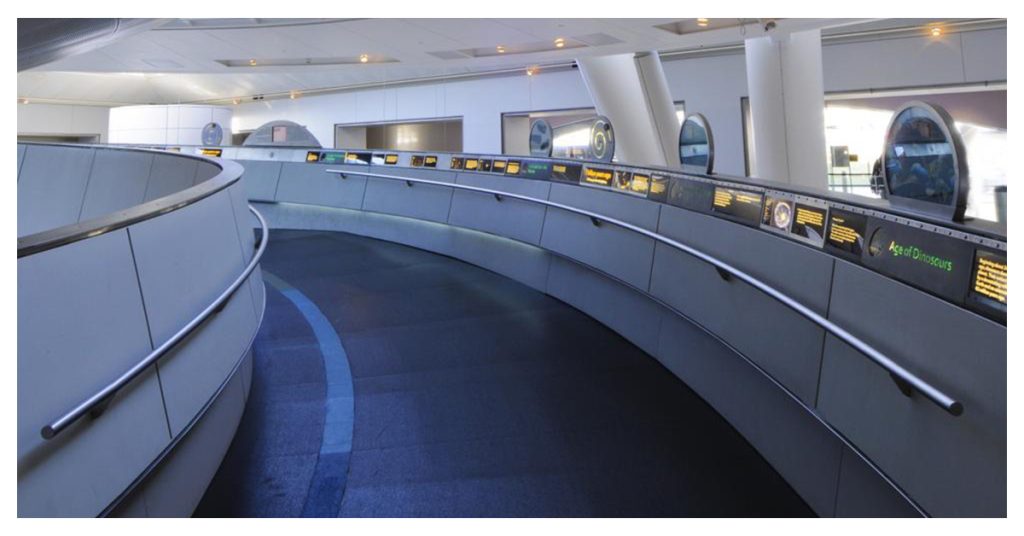
The Rose Centre for Earth and Space has a long path named Harriet, and the Robert Heilbrunn Cosmic Pathway is about 110 meters.
It begins at the exit of the Hayden Big Bang Theatre. It continues to the floor of the Hayden Sphere, guiding the 13-billion-year history of the galaxy.
It consists of major growth stages such as the making of the Milky Way, the sun, the Earth, and the first life on Earth.
Moreover, the thrilling show and panel on the walking path will help you learn about the vital facts of the heavens, the planets, and life itself.
Further, you will observe other cosmic climaxes, including meteorites dating back to the solar system of origin. A meteorite is a rock from the oldest rock formation on Earth.
6. Sequoia Round
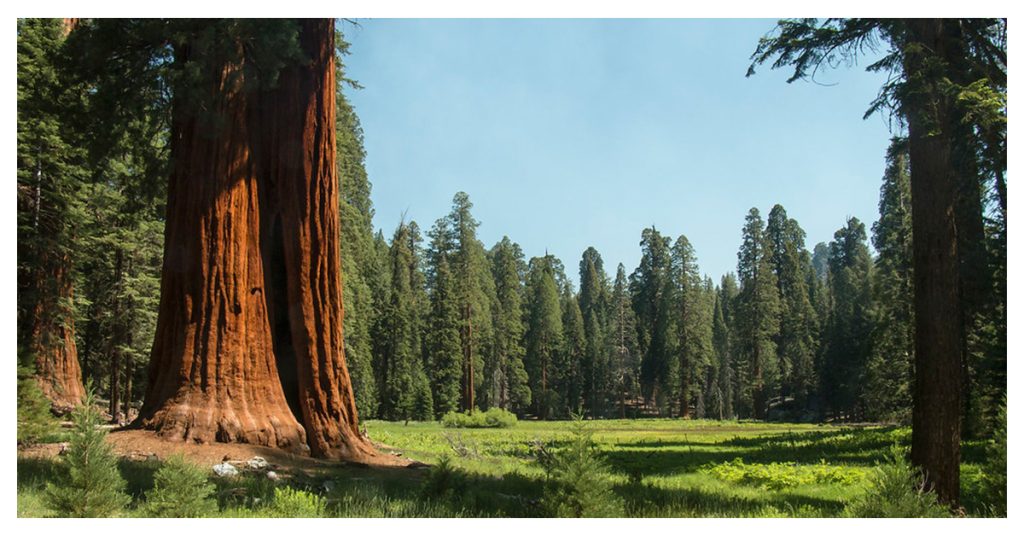
The American Museum of Natural History got its display from a tree cut down in 1891. This tree was more than 300 feet tall. As a point of reference, General Sherman, which measures 275 feet tall, is the tallest tree in Sequoia National Park.
Visitors here will have a chance to see the age rings on the tree and get a view of the history of the world.
Approximately 1300 years ago, there was no English language when the seed first sprouted from this specific tree.
Therefore, visiting the Sequoia exhibit is one of the best things to see at the American Museum of Natural History.
7. The Titanosaur
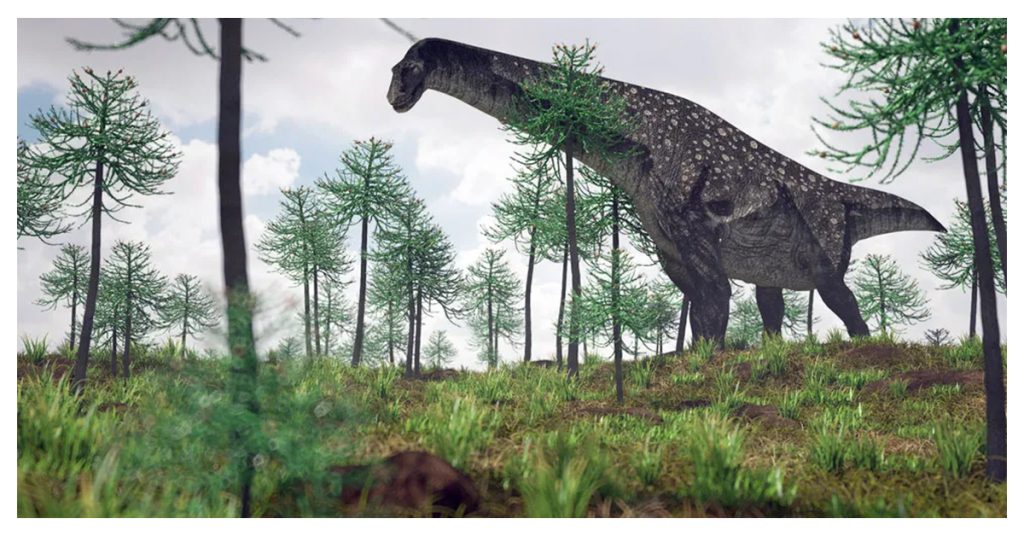
A titanosaur is another famous thing to enjoy in a museum. It is a 37-meter-long dinosaur, which is big enough for its room. Its head and neck extend toward the elevators because it is so huge.
Thus, this specific floor of the American Museum of Natural History is also known as the Dinosaur Floor.
The Titanosaur reaches the gallery’s around six-meter (19-foot) high ceilings.
8. African Elephants
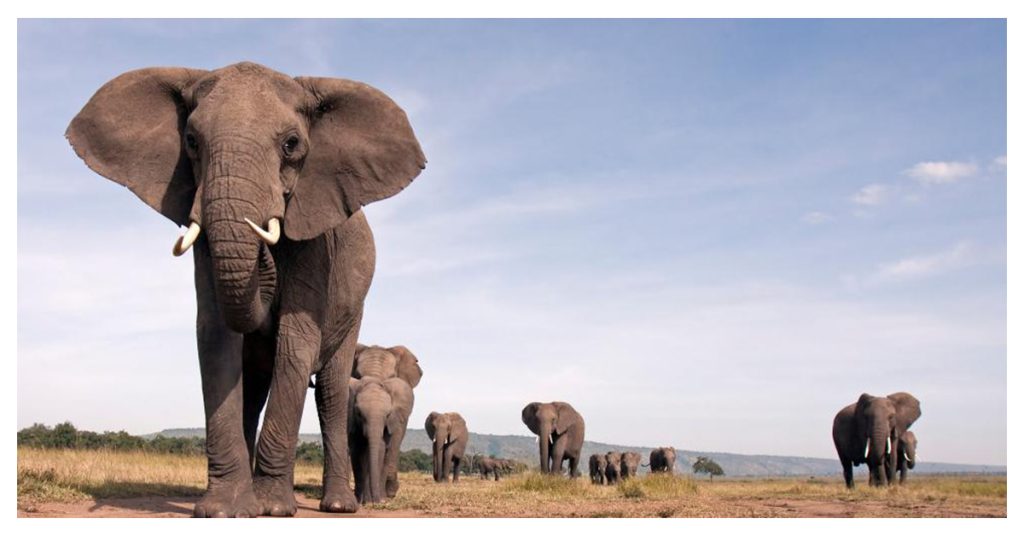
Visitors to the Akeley Hall of African Mammals can see a huge family of eight elephants in the middle of the hall. It isn’t easy to define the exact size of an elephant.
We can only observe them from a distance in zoos, but guests can stand alongside them without worry here.
As we all know, they are the biggest living land mammals, therefore standing with them is a must at least once in a lifetime.
9. Folsom Spear Point
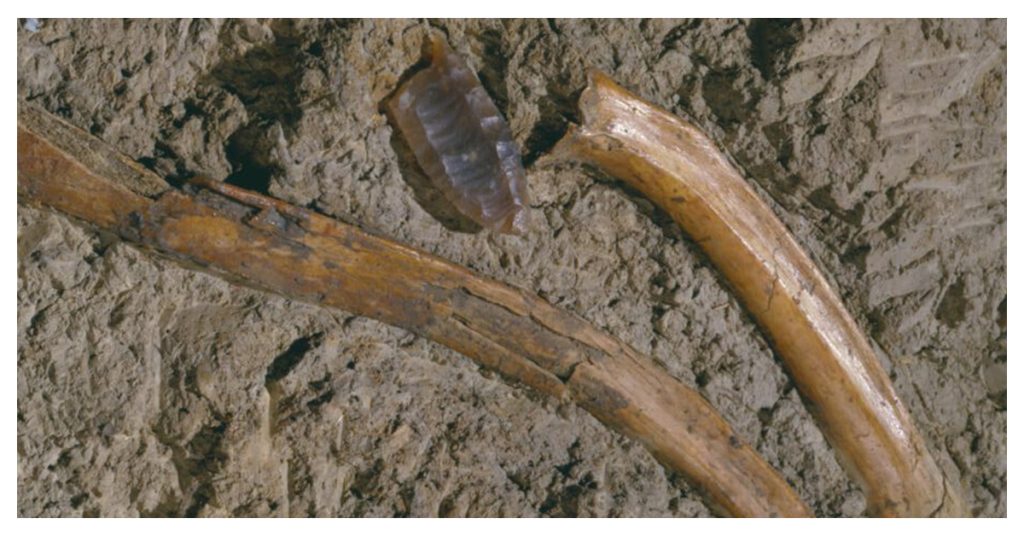
In the Hall of Plains Indians, on the third floor, is the Folsom Spear Point.
An important archaeological find in North America, crafted from flint about 10,000 years ago.
The spear was discovered in a vanished bison that had been extinct for 10,000 years. And, there is evidence that humans came to North America much earlier than previously thought by scientists.
10. Lucy

Lucy is a famous woman who walked the earth about 3.18 million years ago. Several entire skeletons of early hominids that lived between 4 and 2 million years ago are available in this museum. And, Lucy is one of these skeletons.
You can find her on the first floor of the Anne and Bernard Spitzer Hall of Human Origins.


